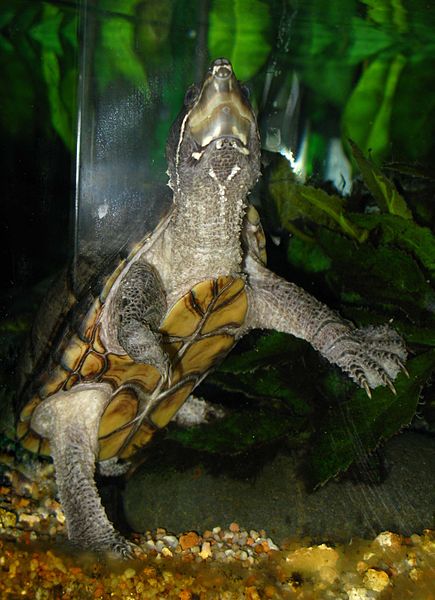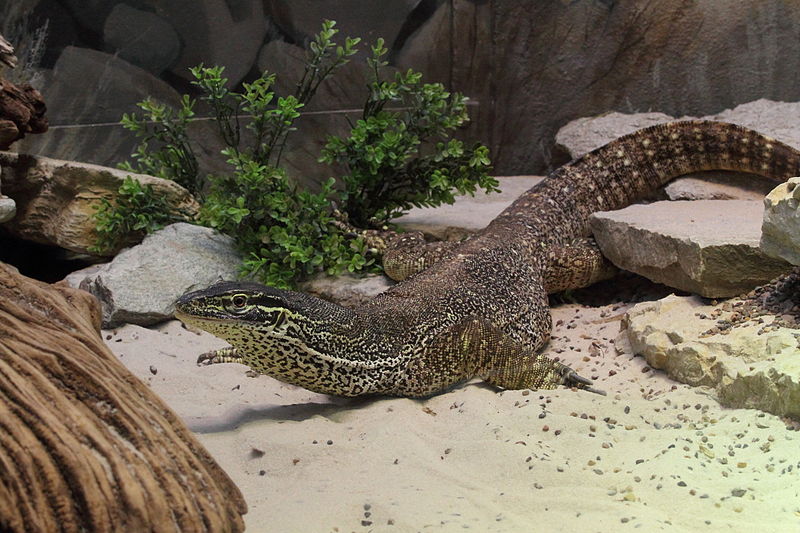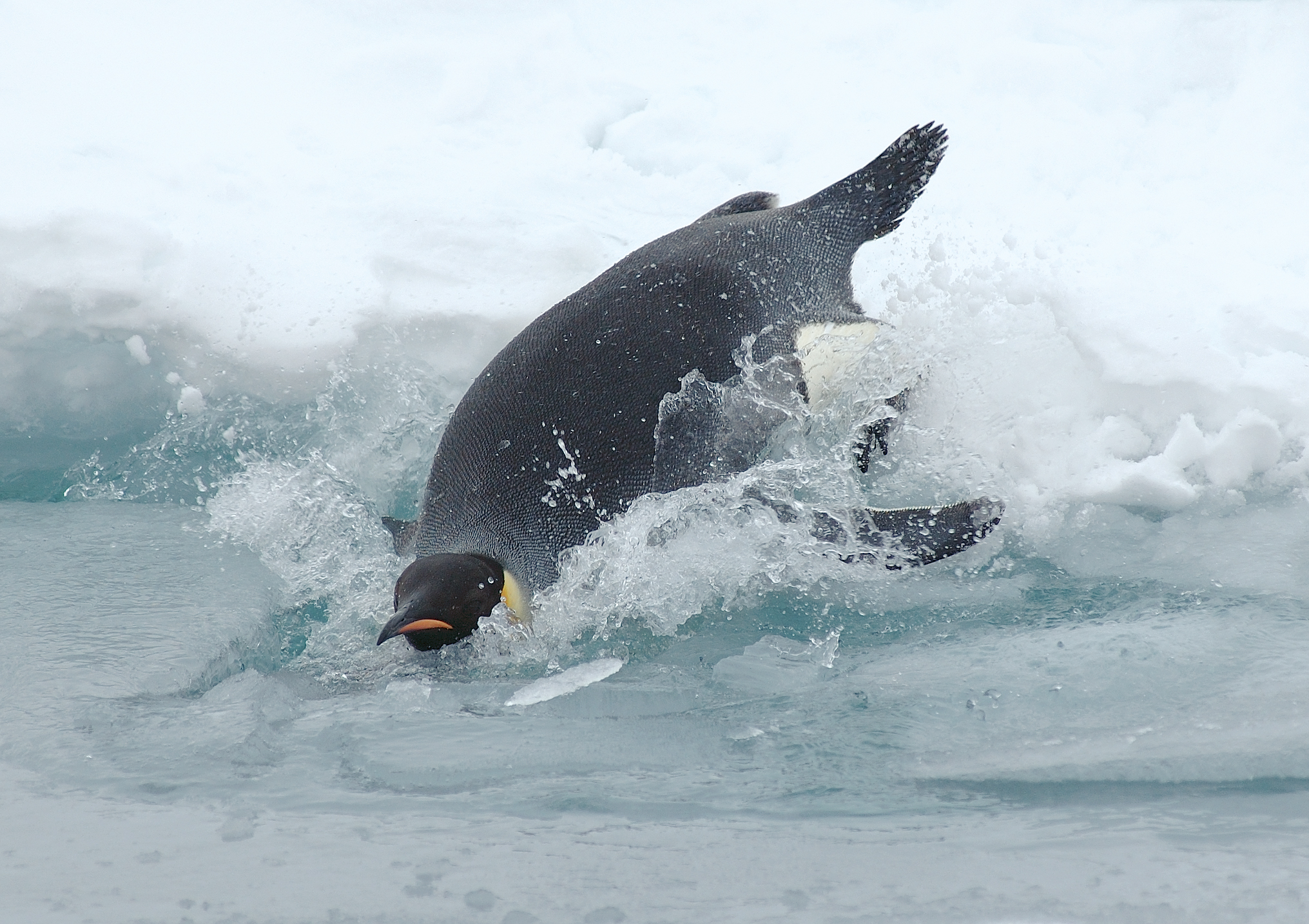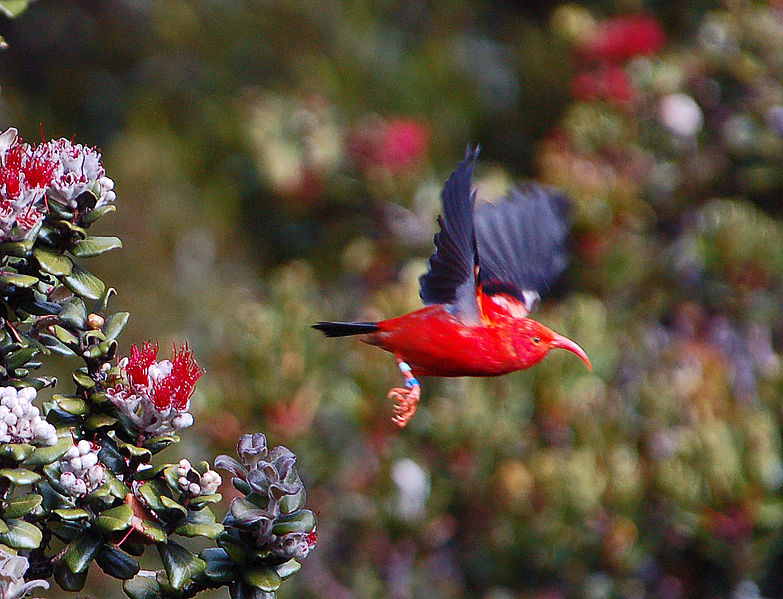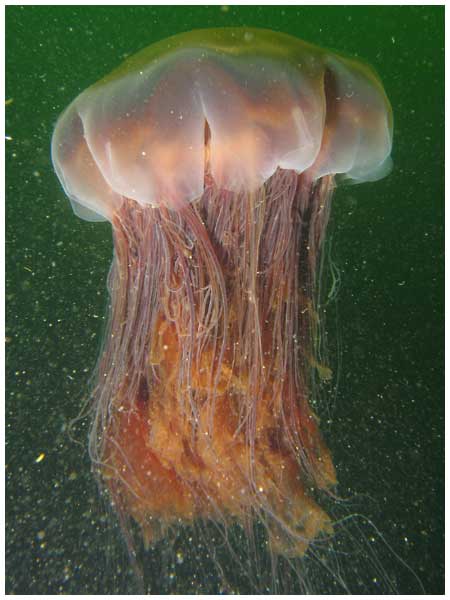
I hope you brought your scuba gear for today’s Wild Fact since we are heading to the cold waters of Arctic, northern Atlantic and northern Pacific Oceans. Okay, if you would prefer a warmer climate you may find the Lion’s Mane Jellyfish in the oceans surrounding Australia and New Zealand as well. Be warned, the ones in that area may or may not be the same species as the Northern version but they do look similar. The Lion’s Mane Jellyfish is spectacular for their main distinction – they are the largest jellyfish on the face of the planet. You curious just how big this Jellyfish is? Of course you are…
The Largest Jellyfish on the Planet
To date the largest specimen recorded was a Lion’s Mane Jellyfish that washed up on the shores of Massachusetts Bay in 1870. The body of this Jellyfish had a diameter of 2.29 m (7’6″) with tentacles that were 37 m (120′) long. Yes, you read that last part right. To put that in perspective, that particular Lion’s Mane Jellyfish is longer than a Blue Whale and as such is considered to be the longest animal in the world. I told you they were spectacular. Of course, not all individuals are this large. Typically, the Lion’s Mane Jellyfish found in the more northern locations are larger than the ones found basking around in the warmer, southern waters. Interestingly enough, the size of the Jellyfish seems to dictate their coloration. The larger specimens tend to be a crimson or dark purple while the smaller varieties are usually a lighter orange or tan colour.

150 People Stung by One Jellyfish
The Lion’s Mane Jellyfish is typically found in shallow water (less than 20 m deep) any heavily rely on the ocean currents to travel around. Because of this, people have a great chance to see these beautiful creatures, especially in the late summer and fall, as the large specimens get washed towards the shore. Of course, like other Jellyfish, you have to be careful of the tentacles. Although, the sting isn’t known to be fatal for healthy individuals, it is still going to hurt if you step on one of these incredibly long tentacles. The size of these Jellyfish does pose a problem as it is believed that a single Lion’s Mane Jellyfish that washed up on the shore of a New Hampshire beach in 2010 was responsible for stinging 150 people. I don’t know what the stinging record is for one Jellyfish but that has to be close.
That does it for todays trip to the Northern Oceans. I hope you enjoyed learning about the Lion’s Mane Jellyfish. I will see you tomorrow for another fun and exciting Wild Fact.

